While not recorded on the MLS, the three-bedroom, three-bath unit #60A at 181 Fremont Street appears to have been purchased for $5,772,672 in May of 2018, based on our review of its deed, as we first outlined a couple of years ago.
As we also outlined at the time, the 1,992-square-foot unit in the LEED Platinum tower, which sits on a foundation that reaches down to the bedrock below, features sweeping views of the city and bay, along with 9-foot ceilings, side-by-side parking for two cars and access to the poor-door-free tower‘s exclusive amenity floor (the office space below which was leased to Facebook).
Remodeled with “the finest materials [and] finishes” and returned to the market priced at $6.465 million in early 2019, the list price for the luxury unit was reduced to $5.950 million that May and then further reduced to $5.595 million that October while also being offered for rent at $20,000 per month.
Relisted for $5.595 million in February of 2020, the asking price for 181 Fremont Street #60A was reduced to $5.495 million that August and then to an even $5 million at the end of 2020.
Re-re-listed anew for $4.595 million seven months ago, the list price for the vacant and now virtually staged unit has just been further reduced to $3.995 million, a sale at which would be $1,777,672 or roughly 31 percent below its purchase/comp-setting price in May of 2018.
And for those running the numbers at home, the unit’s HOA fees are now running around $2,935 per month, not including a parking fee of $500 per month.
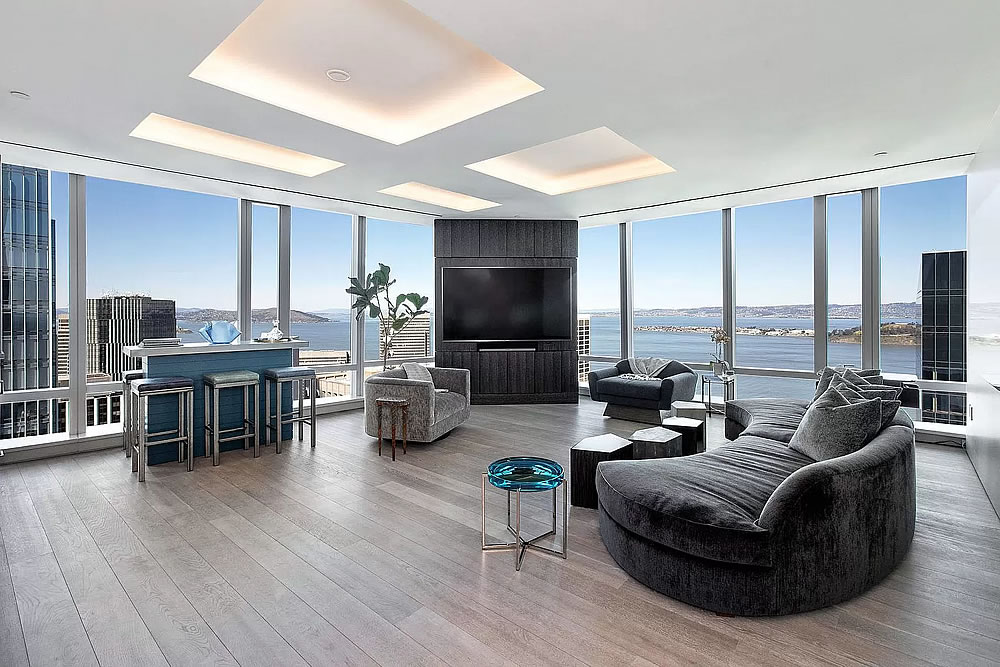
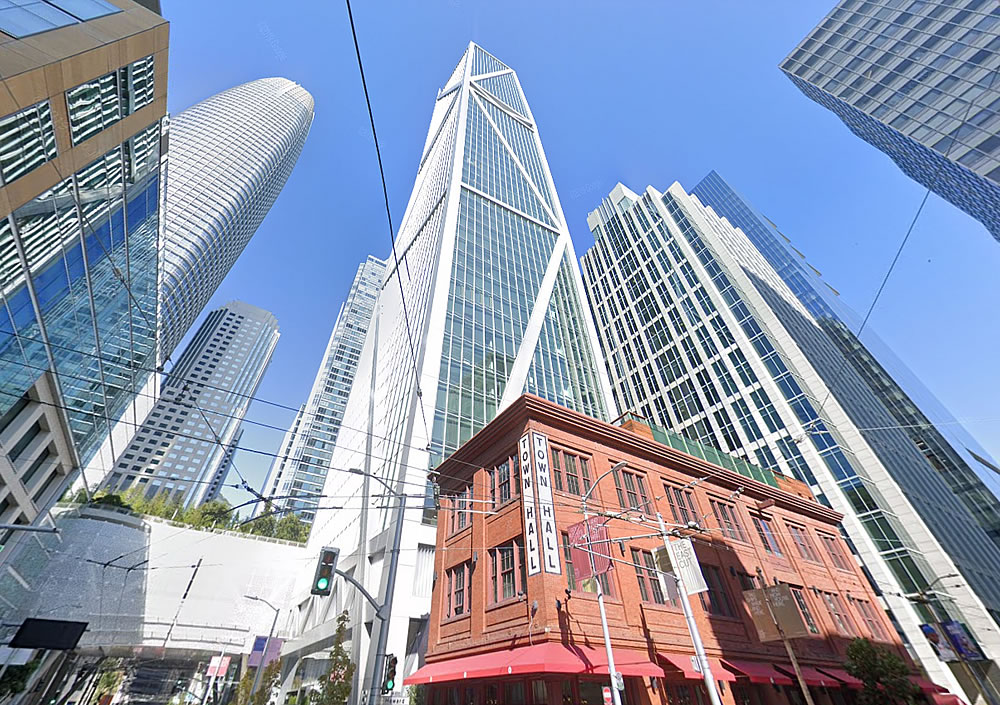
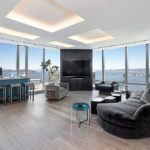
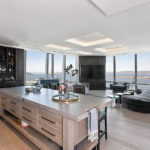
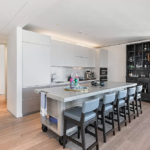
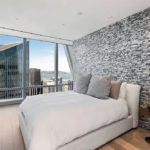
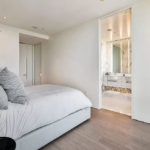

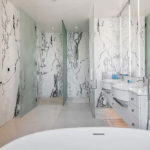
The HOA fee is more than my mortgage payment.
A man’s* got to know his limitations. – Harry Callahan
*or woman, of course, but I’m not the screenwriter.
Are ultra lux buildings like this built to a higher noise-dampening standard, or do you hear (muffled) noises from upstairs & next-door neighbors same as any other “luxury” new-build?
No higher acoustical standards required for “ultra lux” (though developer can provide so if they wish) and typically noise levels are addressed through thickness of concrete floor slabs and CC&R restrictions (carpet, sound deadening layers under hardwood or tile required, etc) and complaints to the management company that result in disciplinary actions/hearings/fines to the offending owner from the HOA. It’s not pretty, and we’re not even talking about odor issues yet (smoke, cooking, etc.).
IOW:
No.
Yes.
Ah, for the days when a SOMA condo could fetch almost $3000/sq. ft!
The jobs center downtown SF was, prior to Covid, drove much of the demand and high prices for these SOMA towers. That nexus of jobs is gone and likely will not return to its pre-Covid level. SF return to office numbers (around 40%) are at the bottom compared to other US cities.
The exodus/downsizing continues. Twilio just announced it is reducing its SF presence to just two floors, Historic law firm Favella and Braun is giving up 125K feet of space in the Russ building and taking a much smaller footprint (40K feet) in another downtown building. Pier 70 is on pause because of doubts about the viability of vertical construction in the SE waterfront. 2000 plus units of new housing made sense at Pier 70 when Google was in talks to take all of its almost 2 million feet of office space. Google has backed out of an SF expansion and Pier 70 now looks dubious in terms of financial viability.
Jobs drive housing and that driver is gone from SF, Look for SOMA condo towers to underperform the BA as a whole and, in particular, the Peninsula and Oakland/the inner East Bay.
The Russ Builing is just the type that I think is ripe for residentialization; (and by “type” I mean age and shallow-depth floors, not the buildng per se, since it’s probably still seen as a marque address…that view blocking intruder to its west notwithstadning).
You must have that near identical reply ready on autofill for any comment.
You’d probably have used it to reply to “The weather’s certainly nice today!”.
Nothing like a little price discovery when property values become divorced from reality.